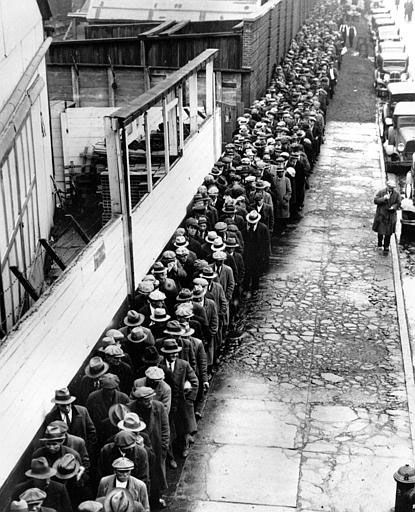
In past articles, I have written about the value of jobs to sustain and advance our shaky recovery in the United States. At the present time, we are adding back nowhere near the number of jobs needed in this country. As I read the economic reports coming out from Washington, it is hard to get a real good grasp of the problem other than it is a big problem. Employers in May added the fewest jobs in eight months, and the unemployment rate inched back up to 9.1%. The key question is whether the meager 54,000 jobs added last month is a temporary setback or evidence of a more chronic problem? I suspect that it is anything but a temporary setback and more like a permanent situation.
Higher gas prices have left less money for consumers to spend for other purchases and average wages are not keeping up with inflation. As a result, consumer spending, which fuels about 70% of the economy, is growing sluggishly to use an Obama-like term. Retailers have cut 8,500 positions in May after adding 64,000 positions in April; leisure and hospitality, which included restaurants and hotels, cut 6,000 jobs. More jobs are needed to sustain our economic recovery. The economy must generate 100,000 jobs each month just to keep up with population growth and prevent the unemployment rate from rising. About 8.5 million Americans worked part-time even though they would have preferred full-time jobs. It is estimated that 2.2 million Americans have stopped looking for work in the past year. What this leaves us with, is roughly 25 million Americans who are “underemployed.” That, my friends, is 15.8 percent of the work force.
It is estimated that we have lost 8 million jobs since the recession began about 3 years ago. The adult population grows about 2 million a year, and about 1.3 million of them want or need a job. For all our technological advancements, we haven’t figured out the central economic problem of our time. How to make sure that everyone who wants to work can find a good paying job. Many of the jobs are gone for good, gone to China or Bangladesh, or lost to increased productivity. For the first time in the modern era, most unemployed people won’t go back to their old job. Many of them will have to change occupations.
Businesses just don’t need as many American workers as they once did to produce their goods and services. Private employers in the United States have the same number of workers as they did in 1999, but are able to produce about one-third more goods with that same work force. During this time, the adult population has risen by 31 million people. Lack of demand is the most plausible explanation for our slow job growth. The economy may be larger than it was, say back in 2007, but even after steady growth, it is still 6% smaller than it ought to be. Compared with our potential, we’re still down $1 trillion in demand and income. That is why so many people can’t find work.








